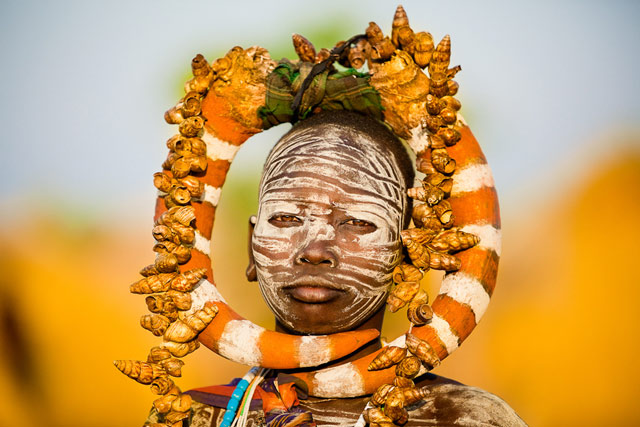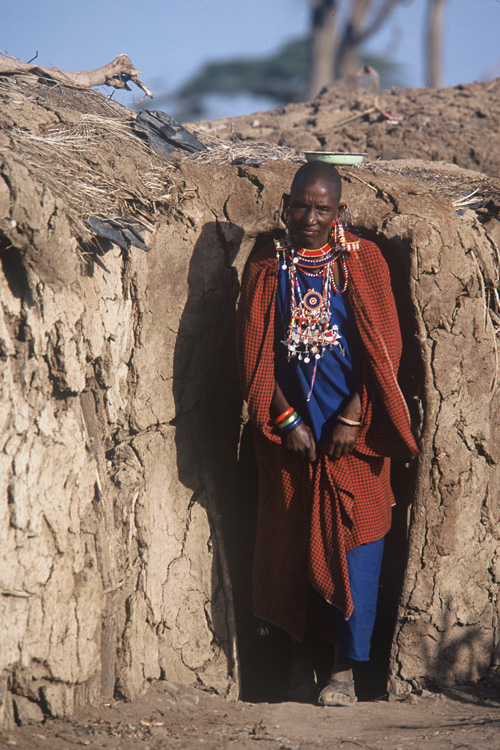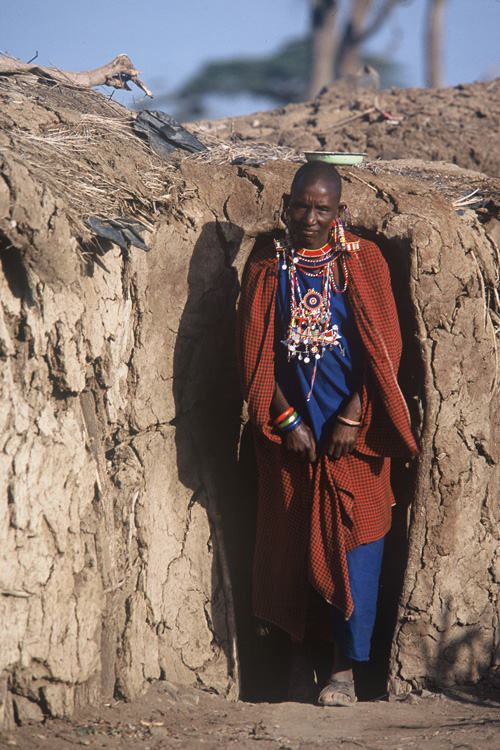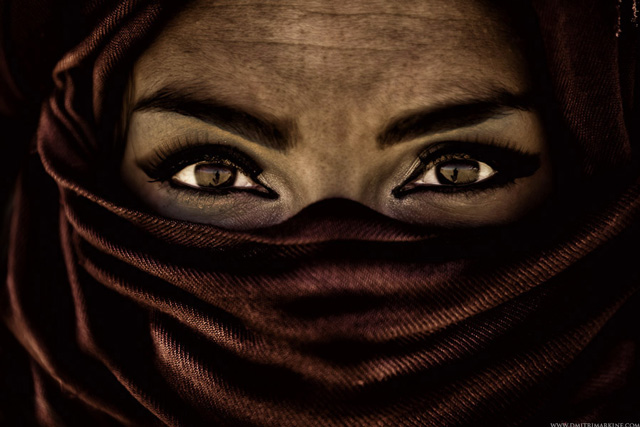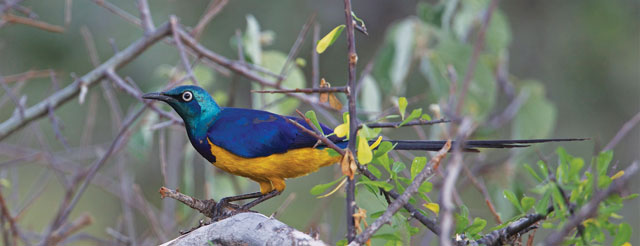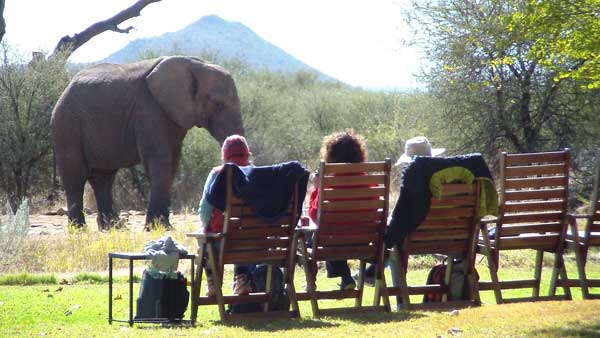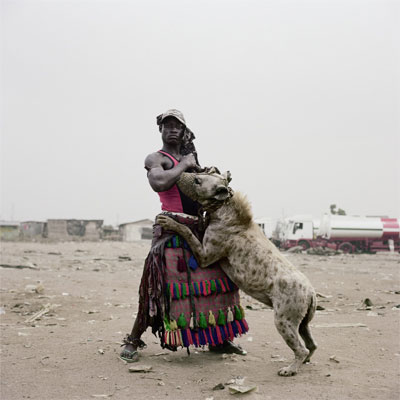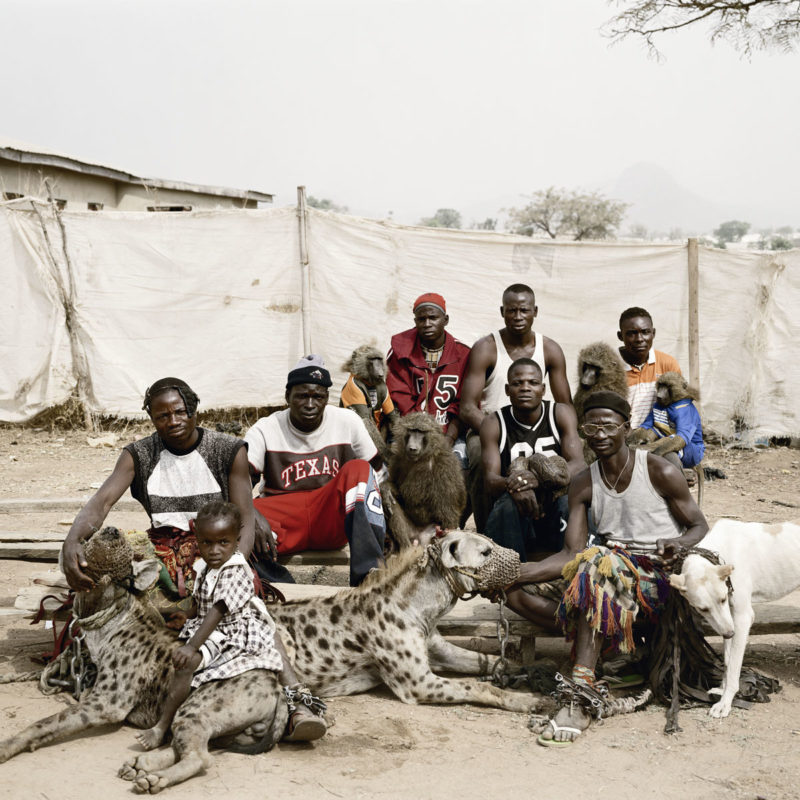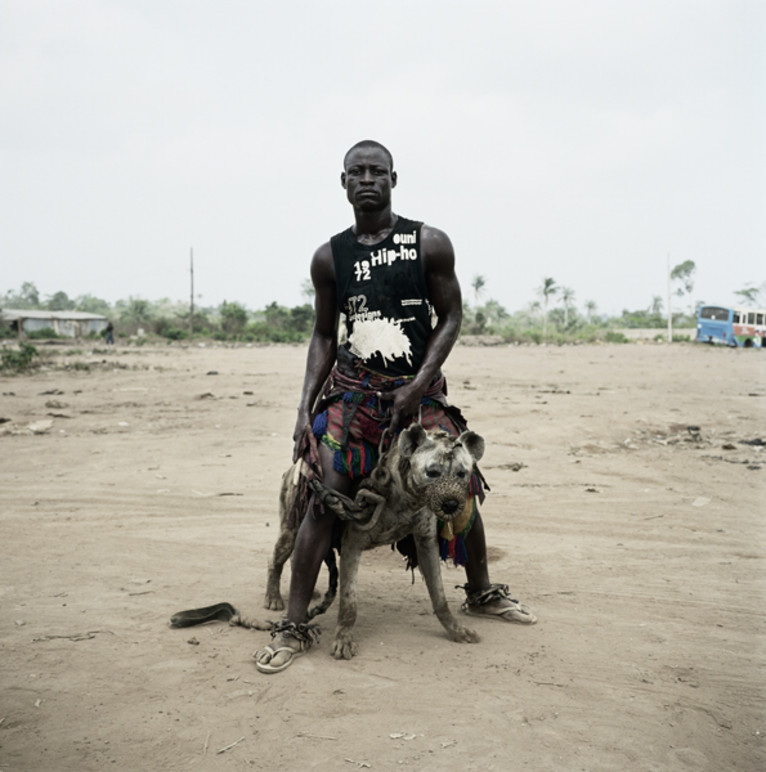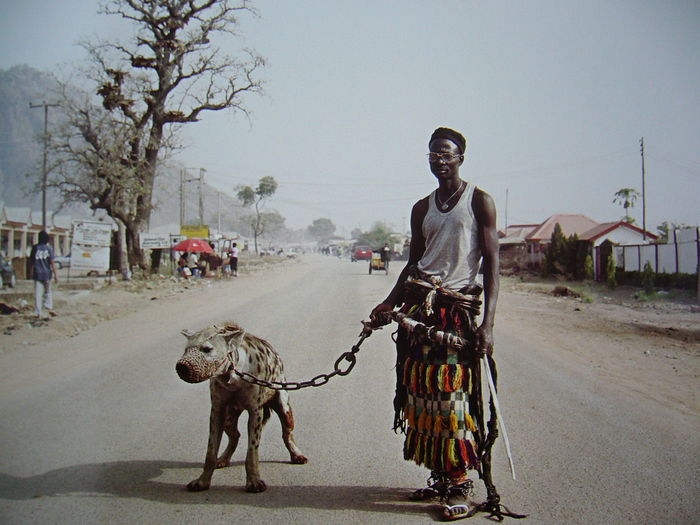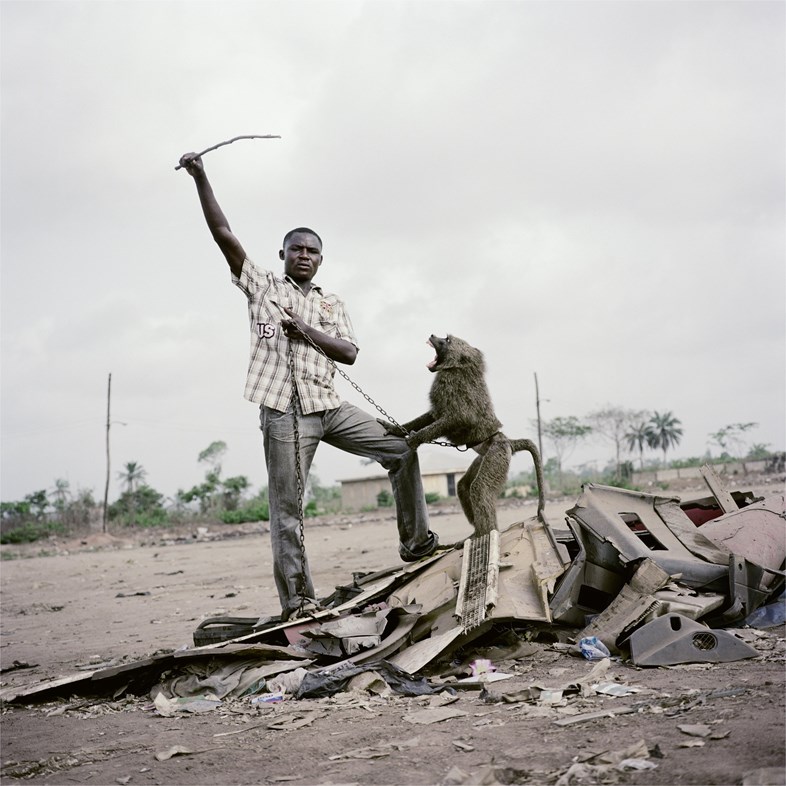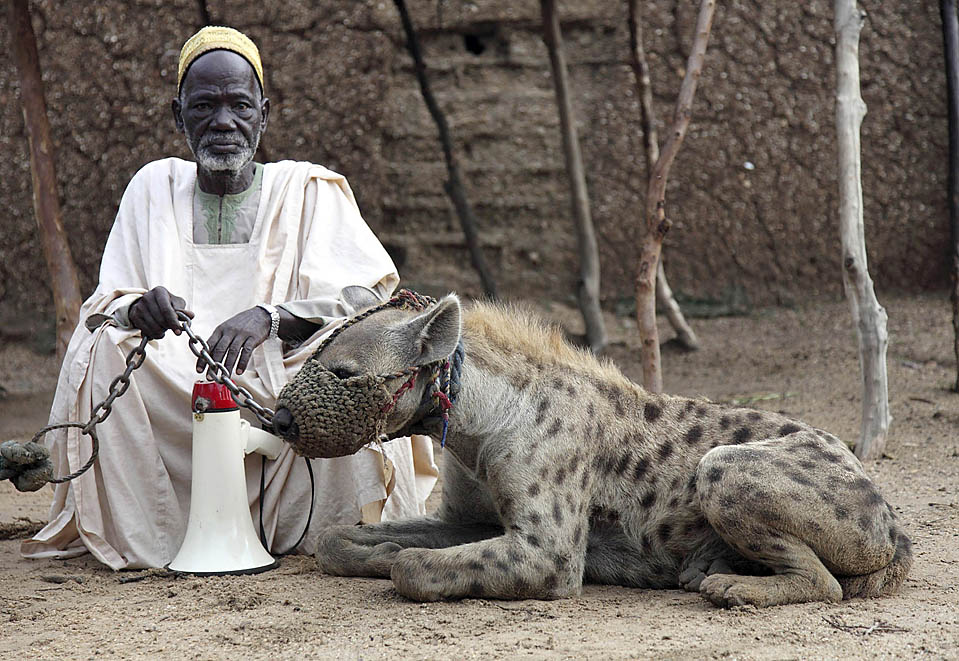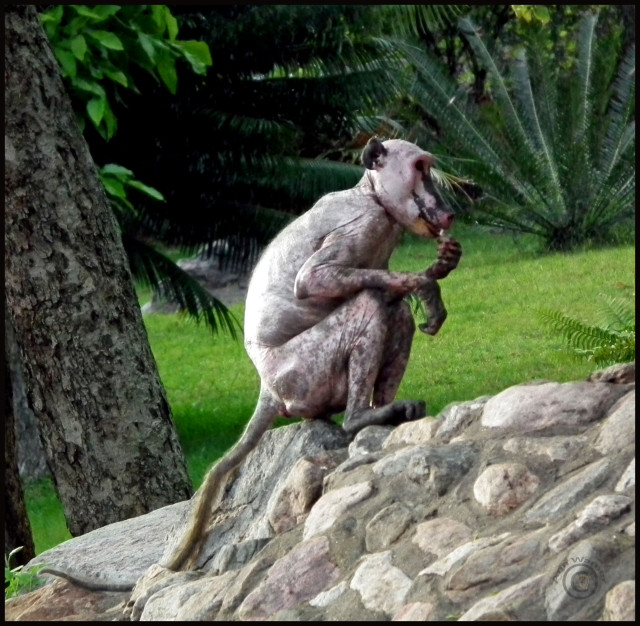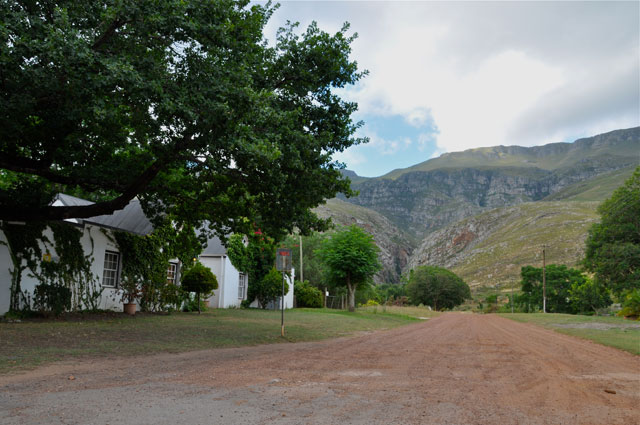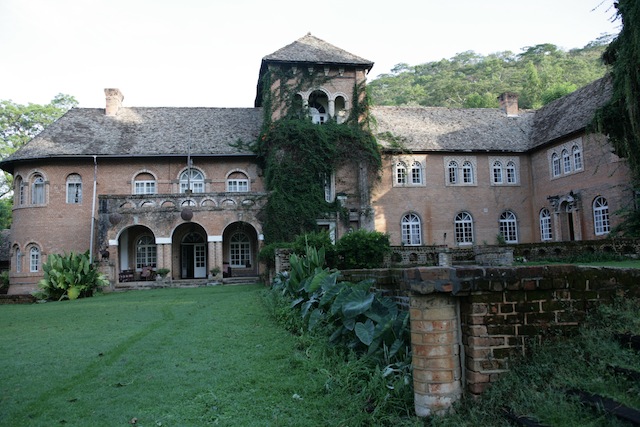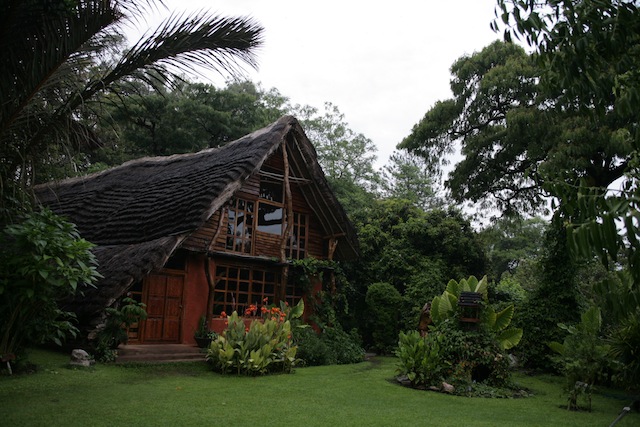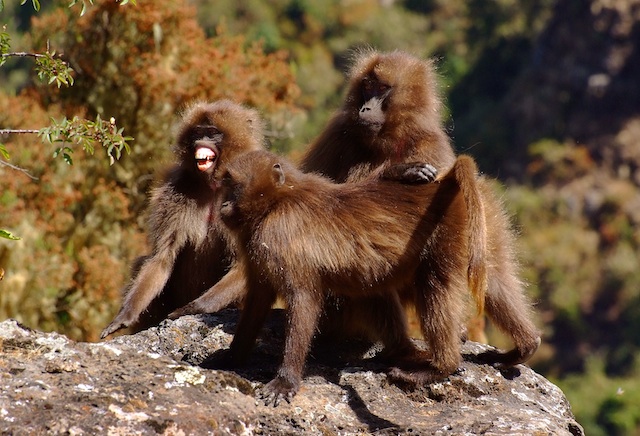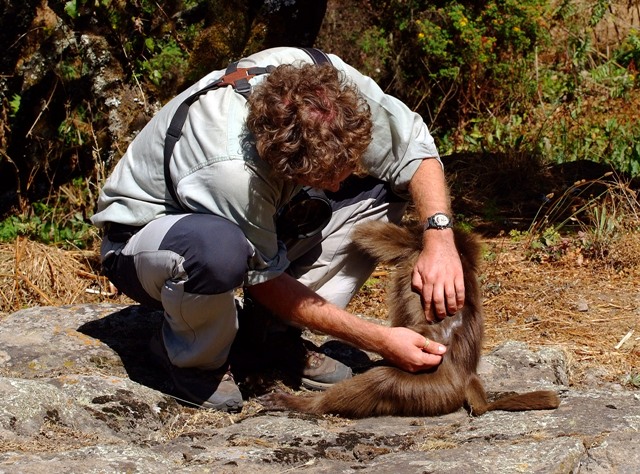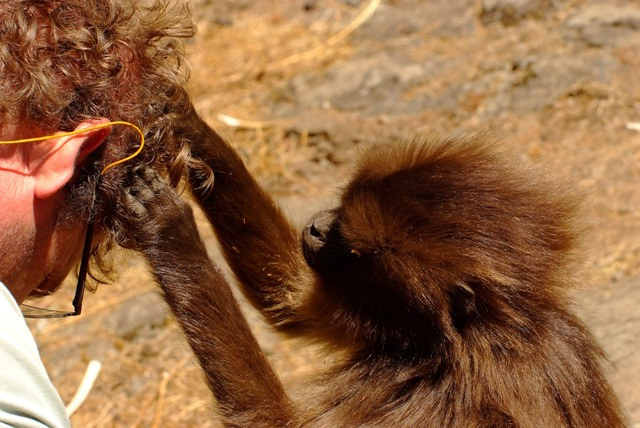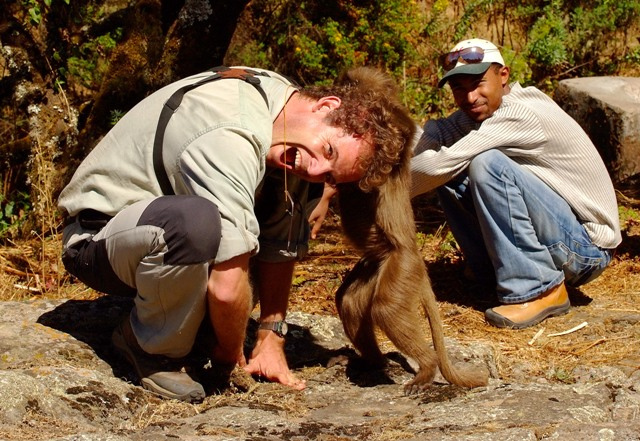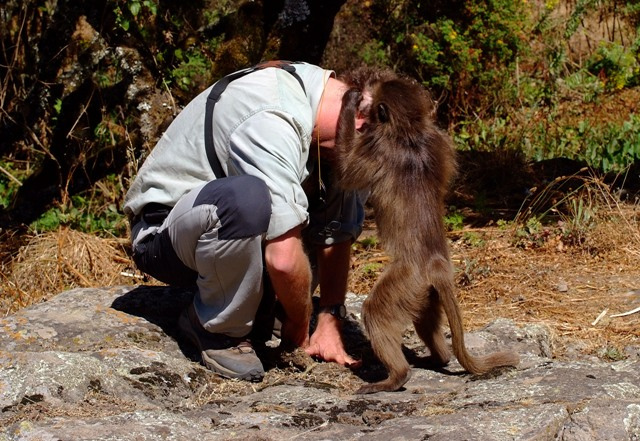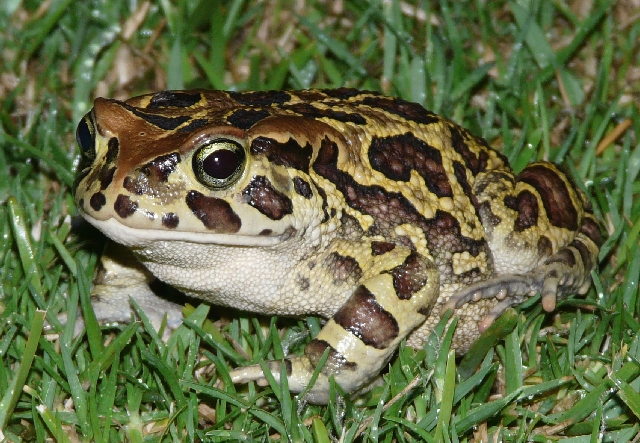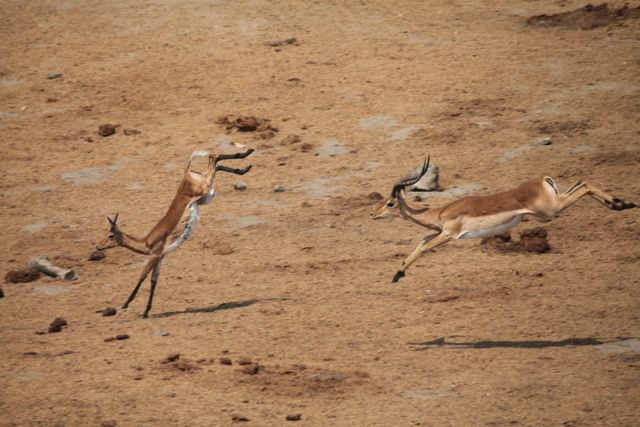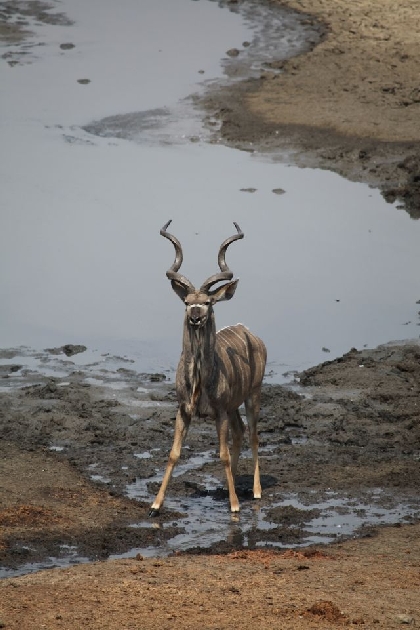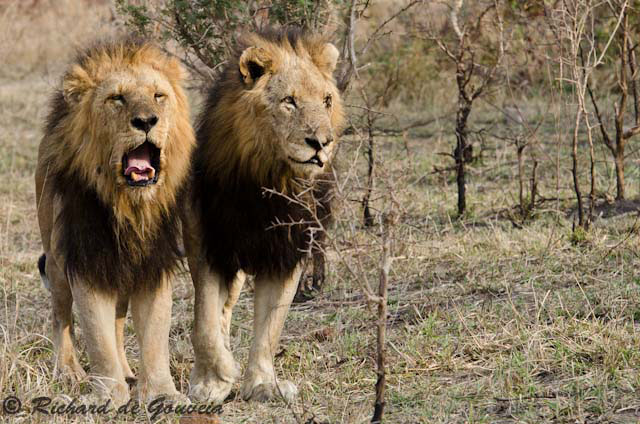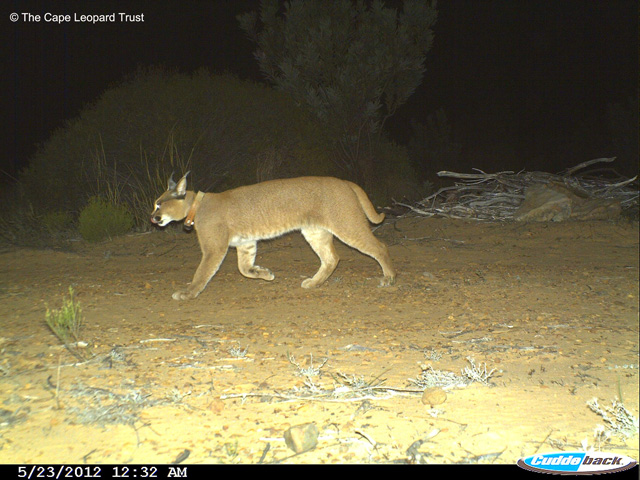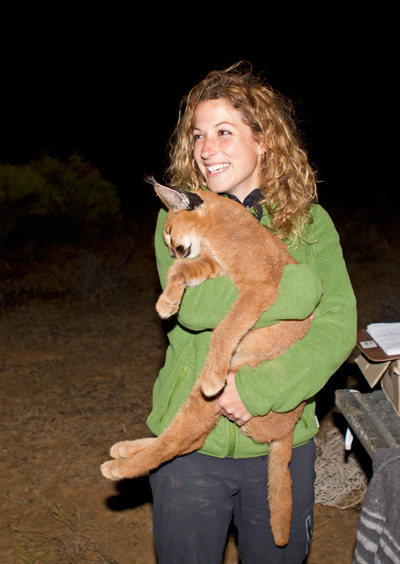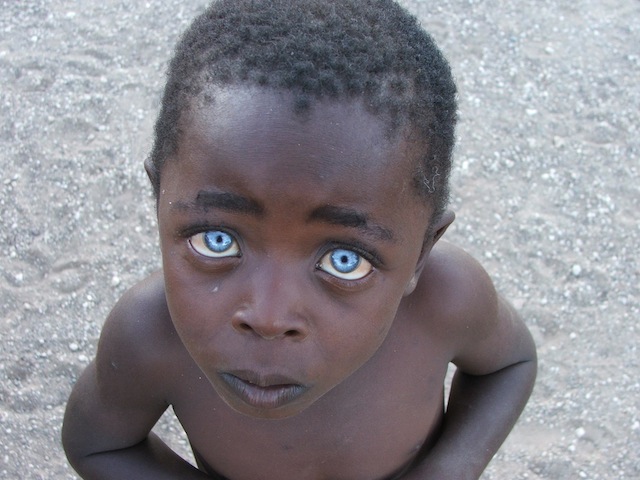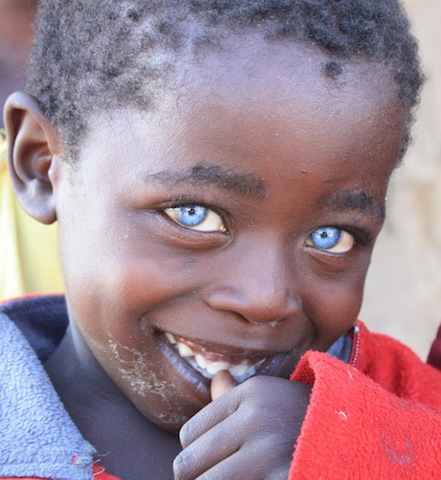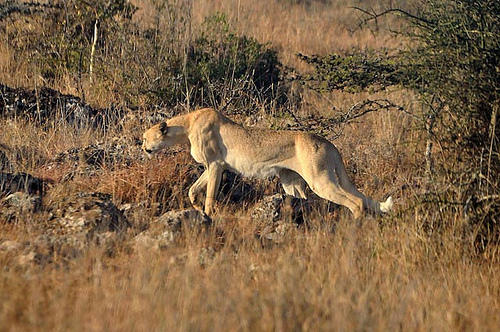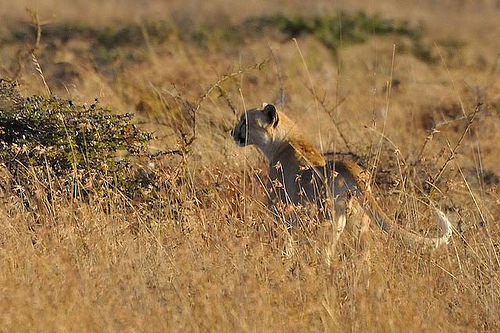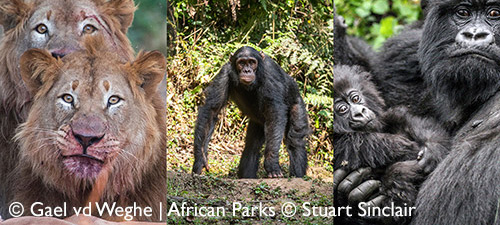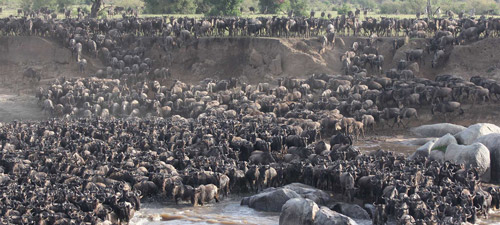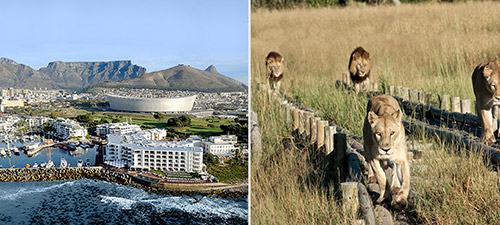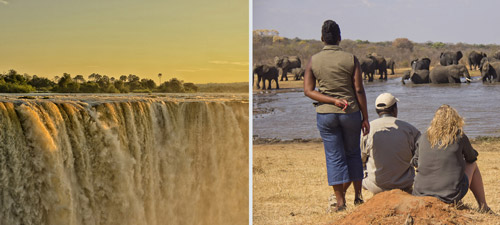The Magnificent Seven roamed Kruger National Park less than thirty years ago. They were seven impressive elephant bulls with tusks weighing more than 50 kg each. Information provided by SANParks
Dr. U de V Pienaar – the Chief Warden then – decided to publicise these elephants as a successful example of Kruger’s conservation work. He named these bulls The Magnificent Seven …
Over time the tuskers became well-known, and now, many years later, they are still remembered as some of the most glorious animals in Africa.
These are their stories:
Dzombo (c.1935–1983)

The word Dzombo is derived from the Tsonga word Dzombolo meaning ‘to wait for something that is slow in coming’. This elephant was named after the Dzombo stream that traverses the Mopani Flats between the Shingwedzi and Shawu valleys.
Dzombo was the only one of the “Magnificent Seven” to be killed by poachers, and it was only by a stroke of luck that Dzombo’s two tusks were not taken. He died in a hail of bullets from an AK 47 fired by a poacher from Mozambique in October 1985. The miscreants were in the act of chopping out the tusks when they were disturbed by the approach of Ranger Ampie Espag and fled, leaving their trophies behind. Dzombo met an untimely death at the age of 50 years.
(Dzombo’s tusks are on display in the Letaba Elephant Hall)
João (date unknown)

Named by Anthony-Hall Martin after Prester John, the legendary priest-king of ancient Africa. (João being the Portuguese for ‘John’) João was a very large bull with a shoulder height of 340cm.
João was wounded by poachers in 1982; at this time, he was immobilized to investigate the damage. Fortunately, the wounds were not fatal, and after a dose of antibiotics and cleaning of the wounds, he was revived. While immobilized, he was fitted with a radio collar and measurements of his tusks were taken. His tusks were an estimated combined 130kg which at the time would have made him the heaviest ivory carrier of the Magnificent Seven.
In 1984 (approximately aged 45 years) João broke both tusks close to the lip line (20-30cm), presumably in a fight with another bull. Unfortunately, the pieces were never found, and as a result, João is the only member of the Magnificent Seven who is not represented in the Letaba Elephant Hall.
Kambaku (c.1930-1985)

Kambaku is the Tsonga word for ‘great tusker’ or ‘old elephant bull’. This bull moved over a huge tract of country stretching from Satara/Orpen and the Timbavati to Crocodile Bridge. Kambaku’s left ear had a perfectly round hole close to the outer edge, and towards the end of his life, he had no tail hairs.
Unlike several of the other Magnificent Seven bull, Kambaku was always seen alone. He was more than 55 years old when he was shot in late 1985 by Regional Ranger Lynn van Rooyen from the Lower Sabie Ranger Section. The bull was in obvious pain from a bullet wound suffered during a foray across the Crocodile River into a neighbouring sugar cane fields. The bullet penetrated his left shoulder, leaving a large wound which eventually became septic. When he could no longer walk, and it was clear that death was imminent, he was mercifully shot.
(Kambaku’s tusks are on display in the Letaba Elephant Hall)
Mafunyane (c.1926–1983)

This bull was named after the former warden of the Kruger National Park – Lou Steyn – who was well known for his quick temper. (Mafunyane is the Tsonga word for ‘the irritable one’, which appropriately refers to the elephant’s intolerance of humans.)
(Kloppers & Bornman (2005) (A Dictionary of KNP Place Names) gives the meaning of the name as “One who eats greedily”)
Mafunyane’s tusks are fairly straight, and their tips are worn to a chisel edge as a result of being rubbed on the ground as he moved. His tusks were perfectly symmetrical and of identical length and mass. The bull had a 10cm hole in the right side of his skull that extended into his nasal cavity, allowing him to breathe through this passage. One of the toes on his left hind foot was splayed to one side so that he left a distinctive impression, distinguishable from other elephants.
Mafunyane was the most famous of the “Magnificent Seven” although he was only seen in the wild by a handful of people and was rarely seen by visitors as he kept well away from roads. This could be attributed to his shyness or to the fact that his chosen roaming area was very remote.
The immobilization of Mafunyane on 8 June 1983 to fit a radio collar and to make plaster casts of the bull’s ivory nearly spelt the end for this bull. When given the antidote to the immobilization drugs Mafunyane due to his immense tusk size, was unable to ‘rock’ himself onto his chest, which would have allowed him to stand up, and his repeated efforts caused him to dig his tusks further into the ground. Several strategies were tried to raise him but all failed. After he had been down for several hours and front-end loader was brought in to assist the team. Mafunyane was eventually ‘scooped’ to his feet, and the bull rose and ran into the nearby Mopane bushes, much to the relief of the capture team.
Mafunyane’s remains were found on 16 November 1983 near Tari River, Northwest of Shingwedzi. He had been dead for approximately 3-4weeks and appeared to have died of natural causes. He was about 57 years old when he died.
(Mafunyane’s tusks are on display in the Letaba Elephant Hall)

Ndlulamithi (c.1927–1985)

Ndlulamithi earned his name from his appearance, which is a traditional Tsonga word meaning “taller than the trees”.
The handsomely curved tusks of Ndlulamithi, the left one sweeping low and well forward, are significantly more twisted than those of the other large bulls. He was considered a tall elephant – probably around 345cm high at the shoulder.
Ndulamithi was first identified in 1980 along the Nkokodzi River in northern Kruger National Park. He was an aggressive yet secretive elephant and was seldom seen. This bull received some fame for charging Dr Anthony Hall-Martin and his assistant while they tried to photograph him on foot, his intentions unmistakable. He died of natural causes in 1985 in the Shangoni area at an estimated 58 years of age. Paul Zway, section ranger of Shangoni at the time, found his remains not far from the Nkokodzi Spruit.
(Ndulamithi’s tusks are on display in the Letaba Elephant Hall)
Shawu (c.1922–1982)

The “Shawu Bull” was named after the Shawu valley (Vlei) where he spent much of his life.
Shawu moved over a large range which spanned the flat mopani-covered plains country between the Letaba and Shingwedzi rivers and stretched from the main road to Lebombo Hills. Shawu’s tusks are the longest on record in the Kruger National Park and one of the 6th longest to ever come out of Africa.
Shawu was a fairly approachable animal and showed no particular fear or distrust of vehicles. He was a large bull with a shoulder height of 340cm. Due to the pincer formed by his large tusks, he was sometimes referred to in Afrikaans as “Groot Haaktand”. In 1981 it was decided to fit Shawu with a collar as poaching was a constant threat from Mozambique, this was successful, and he was monitored regularly.
Shawu died of old age in the Kostini area east of Shingwedzi, near the northern watershed of the Shawu Valley (Vlei), in October 1982. He had been ill for some time, and his condition and movements were monitored daily towards the end of his life through a radio transmitter which had been fitted in a collar around his neck. He was close to 60 years old when he died.
(Shawu’s tusks are on display in the Letaba Elephant Hall)

Shingwedzi (c.1925-1981)

Shingwedzi was named after the river and rest camp, where he spent the last few years of his life. (Shingwedzi means “place of ironstone”, referring to the gabbro rock outcrops common to the area. Shingwedzi is derived from the Tsonga word ngwetse, which means ‘the sound of metal objects rubbing against each other’). Shingwedzi’s ivory offers a good example of the classic master-servant tusks. He had a large right servant tusk and a shorter left master tusk.
Shingwedzi was found dead under a sycamore-fig tree – a short distance from Shingwedzi camp – in January 1981, and as far as can be determined, he died of natural causes. The age of an elephant can be fairly accurately determined from the state of wear of the teeth. In the case of Shingwedzi, the last molar (molar 6) was well worn down, giving him an estimated age of 56 years.
(Shingwedzi’s tusks are on display in the Letaba Elephant Hall)
The Magnificent Seven left their genes behind – Giants of the future




























